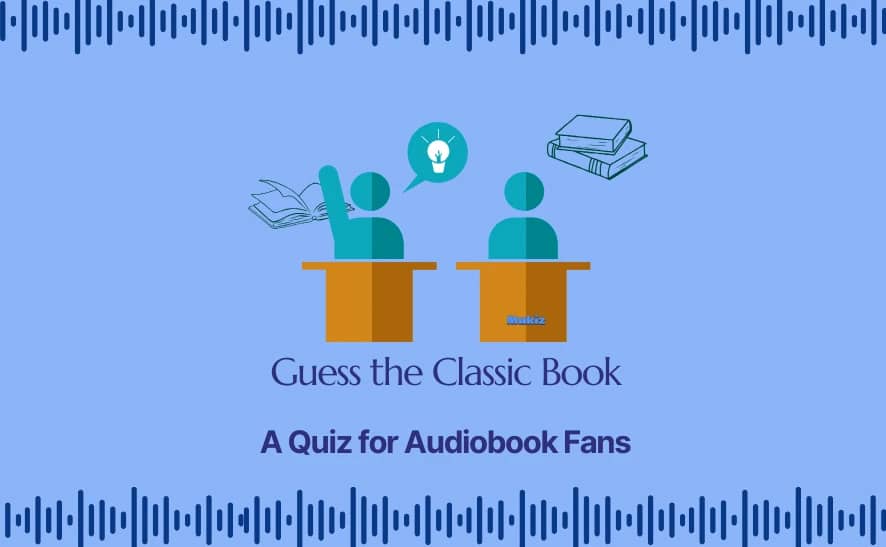Listening while reading is a game-changing technique that can transform how you engage with text. Discover how integrating this practice as part of your reading habits can make your reading time more productive than ever before.
What does immersive reading mean?
By combining the visual engagement of reading with the auditory reinforcement of listening, you can unlock a range of benefits that enhance comprehension, expand vocabulary, and sharpen listening skills.
Here are some advantages of reading while listening, which are supported by research and practical examples. Whether you're looking to improve your language proficiency, focus more deeply on your reading material, or simply enjoy a richer reading experience, this approach could be a game-changer for you.
Boost your understanding and memory with dual sensory input
One of the most significant benefits of reading and listening simultaneously is the enhancement of comprehension and retention.
When you engage both your eyes and ears in the reading process, your brain processes the information more thoroughly. This dual sensory input reinforces your understanding, making it easier to grasp complex ideas and retain details over time.
Research supports this claim. A study conducted by Anna Ching-Shyang Chang found that English as a Foreign Language (EFL) learners who practised reading while listening showed significant improvements in comprehension compared to those who only read or listened.
The combination of seeing the words and hearing them spoken aloud helps bridge the gap between reading and understanding, particularly in challenging texts.
Read faster
A nice aspect of listening while reading is that you can go through audiobooks faster (long or short audiobooks). Indeed, listening while reading can help you get through text faster because the audio reinforces what you're seeing.
You can try it out by yourself. Try listening to a specific paragraph then try reading while listening to the exact same paragraph. You'll notice that you are able to increase the audio playback speed if the text is present.
Expand your vocabulary more effectively
Another compelling reason to adopt immersive reading is its impact on vocabulary acquisition. When you read and listen simultaneously, you are exposed to the correct pronunciation of words while seeing their spelling.
This dual exposure helps reinforce the connection between the word's sound and its written form.
The study by Chang further illustrates this point. Participants who engaged in reading while listening showed a significant increase in their vocabulary, learning nearly five times more words than those who only read the text.
Sharpen your listening skills through immersive reading
Listening fluency is an important component of language proficiency, yet it's often one of the most challenging skills to develop.
Immersive reading can significantly enhance your listening fluency by providing consistent exposure to the natural rhythm and speed of spoken language.
Learners who read while listening exhibit notable improvements in their listening fluency. Later, they become able to process spoken language faster and more accurately, which is essential for real-life communication.
Reading and listening simultaneously: A valuable tool for language learners and individuals with dyslexia
Reading and listening simultaneously isn't just for advanced readers or language learners. It's also an invaluable tool for individuals with reading difficulties, such as dyslexia. For these readers, the simultaneous auditory input can help decode text more effectively, reducing the cognitive load and making reading a more accessible and enjoyable experience.
This method can accelerate language acquisition, particularly for learners at lower proficiency levels. By listening to correct pronunciation while reading, learners can develop their language skills more easily.
How to incorporate reading while listening into your routine
- Choose the right material: start with books and audiobooks that match your reading level. As you become more comfortable, gradually increase the difficulty.
- Set a routine: dedicate specific times of the day to immersive reading. Consistency is key to seeing long-term benefits.
- Use technology: take advantage of apps and e-readers that synchronise text with audio, making it easier to follow along.
- Practice regularly: like any skill, regular practice will lead to improvement. Try to incorporate reading while listening into your daily routine.
- Use audiobooks apps: by downloading Fabuly*, a free audiobook app on your mobile phone, you can easily access your library and listen to your favorite book while reading it.
Fabuly is available for download on the App Store and the Play Store.
What are the limitations of reading while listening?
While reading and listening simultaneously offers numerous benefits, such as enhanced comprehension and vocabulary acquisition, it's important to recognize its limitations.
This method can lead to cognitive overload, especially with complex material, and mismatches between reading and listening speeds may cause frustration. Additionally, the quality of the audiobook narration, availability of synchronised content, and the suitability of certain types of texts for this approach are factors that can affect its effectiveness.
Individual preferences and learning styles also play a role, as not everyone may benefit equally from this method. Therefore, while immersive reading can be powerful, it should be tailored to individual needs and content types to maximise its benefits and minimise potential drawbacks.



